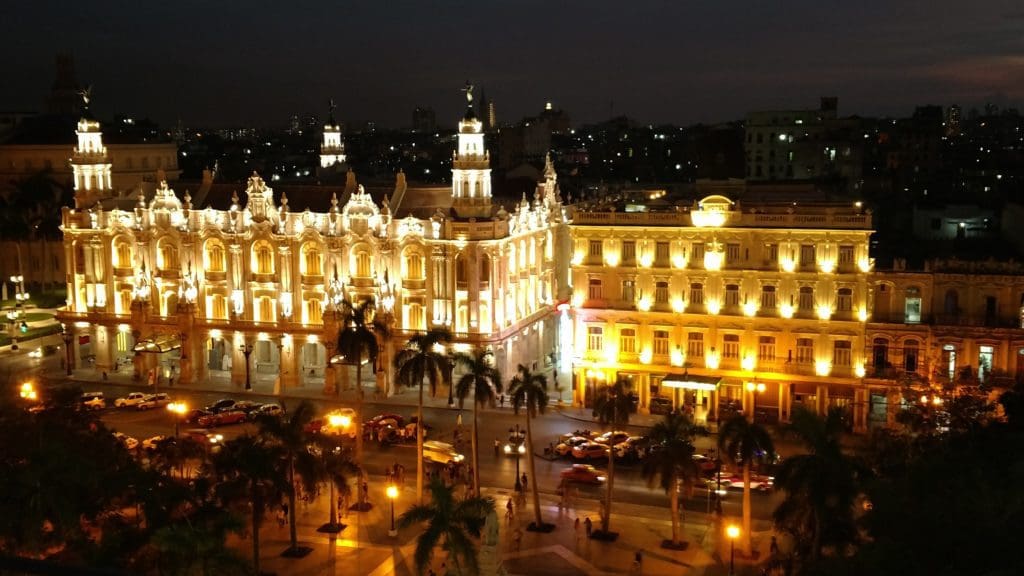 The warm Caribbean breezes blow the last of the day’s heat away. The sky transforms from a cloudless azure into a mélange of color as the sun melts behind the crumbling buildings of Havana. Then darkness approaches. Nearby, the magnificent old architecture is lit by hundreds of lights, casting a magical spell on the night. This is one of the many faces of Cuba.
The warm Caribbean breezes blow the last of the day’s heat away. The sky transforms from a cloudless azure into a mélange of color as the sun melts behind the crumbling buildings of Havana. Then darkness approaches. Nearby, the magnificent old architecture is lit by hundreds of lights, casting a magical spell on the night. This is one of the many faces of Cuba.
This summer, 11 Covington staff had the pleasure of taking an educational trip to Cuba to learn firsthand about the destination so we can better advise our clients who go there. Our group was comprised of vacation advisors, meeting planners, international business agents, and yours truly, Travel Maestro. Because we all have different specialties, we not only learned about our own focus as it applies to Cuba travel but benefited from the slightly different perspective of our colleagues.
The Warm Cuban Culture
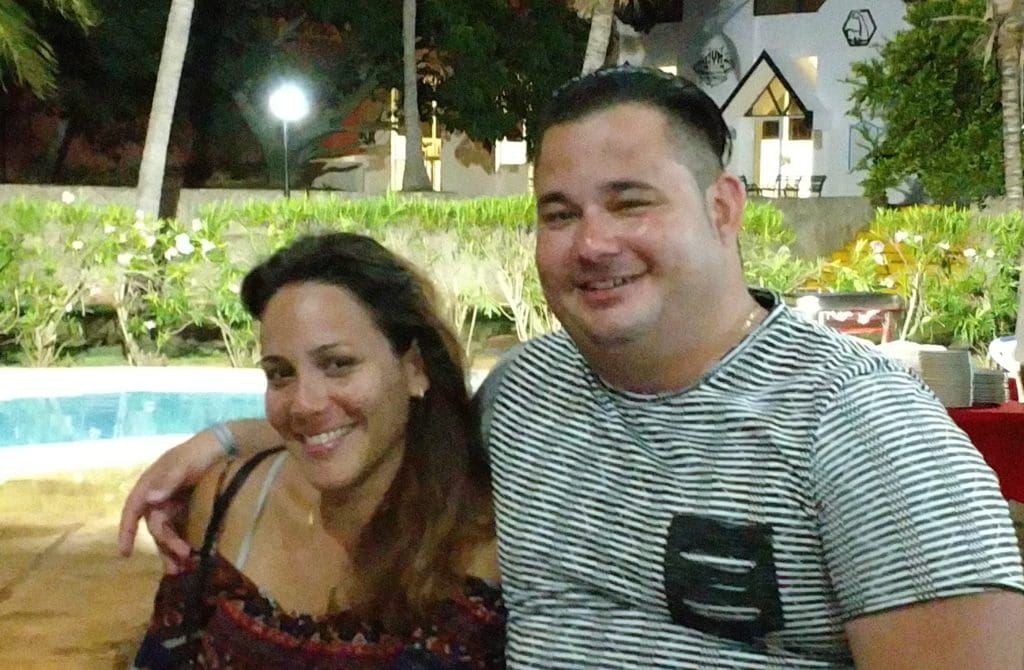
For the last 55 years, Americans have seen Cuba as a mysterious culture wrapped in a veil of mutual political distrust. In 2014, U.S./Cuba normalized relations and that veil was lifted enough for us to have a peek at the individual faces of Cuba. It turns out that Cubans are warm and hospitable, well-educated with a deep love of the arts, music, and sports. People on the street were happy to talk with us about their culture and even happier about the influx of tourism dollars from Americans.
That’s not to say the Cuban people don’t face significant challenges. While healthcare, education, and basic food rations are subsidized by the government, the country faces difficulties importing enough food and has a substantial export deficit. Housing is in short supply and a maximum wage cap of approximately US$30 per month limits opportunities for individuals to raise their standard of living.
An Architecture of Decay and Renewal
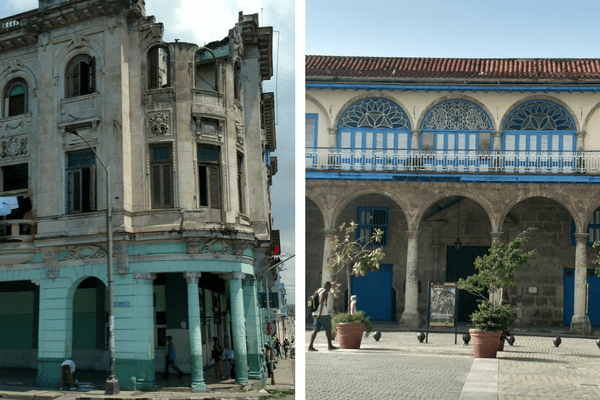
The architecture reflects the many faces of Cuba, both old and new. Crumbling shells of once exquisite colonial design grow trees through the missing windows and rooftops. But nearby, a dramatic Baroque building is under restoration. Lovely shaded courtyards are framed by colorful, balconied buildings. Laundry flutters high above the narrow alleys that run from the common square. The power of historical forces is evident in impressive fortresses, neoclassical palaces, and Baroque cathedrals. Cuba is a treasure trove of architecture influenced by centuries of changing leadership.
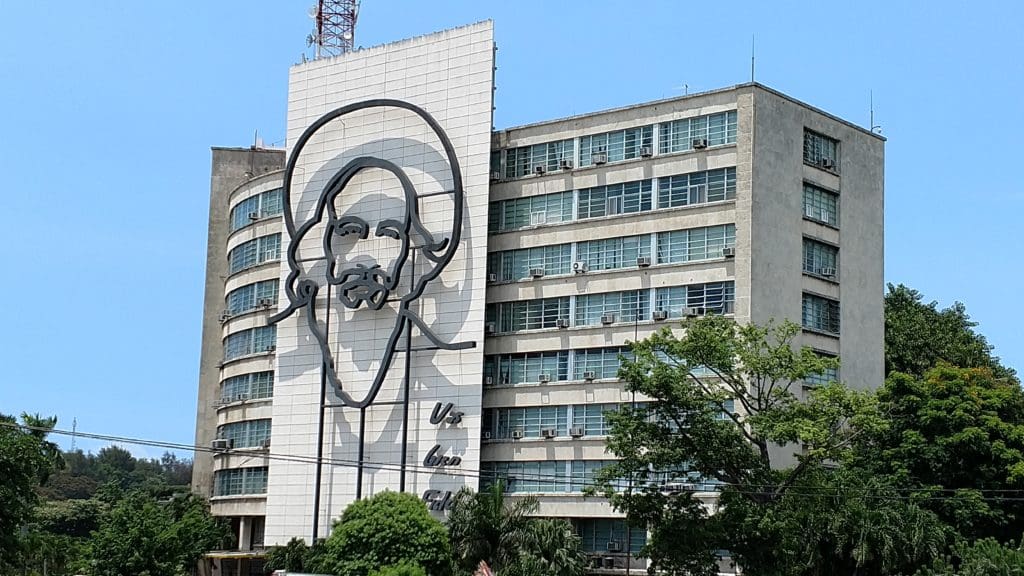
A restoration campaign was launched soon after La Habana Vieja (Old Havana) was inscribed on the UNESCO World Heritage List in 1982; however, it would appear the work has gained momentum in recent years. In Varadaro, the premier beach resort area of Cuba, the last five years has brought new luxury hotel construction to support tourism for both visitors and Cubans.
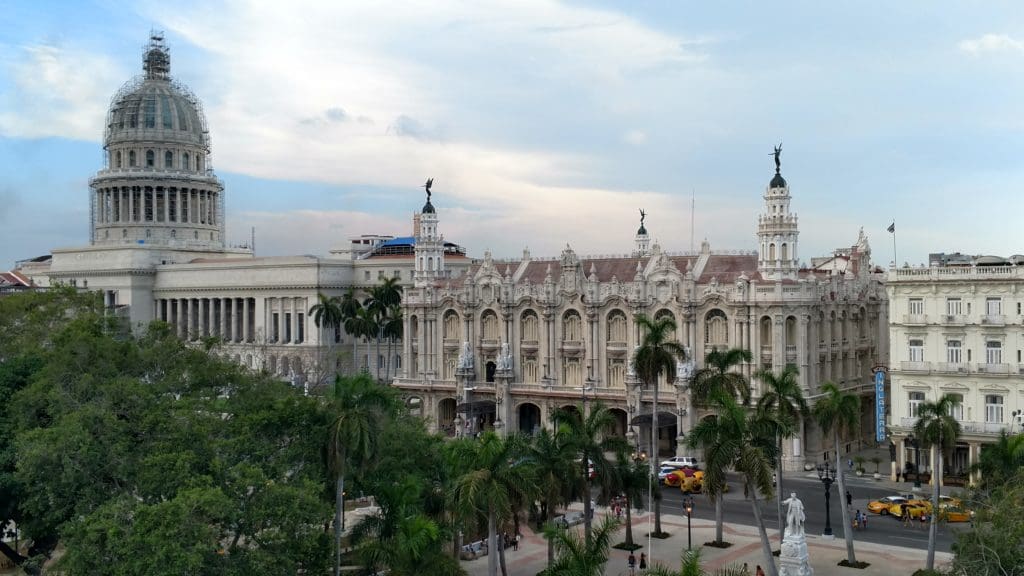
An Authentic Taste of Cuba
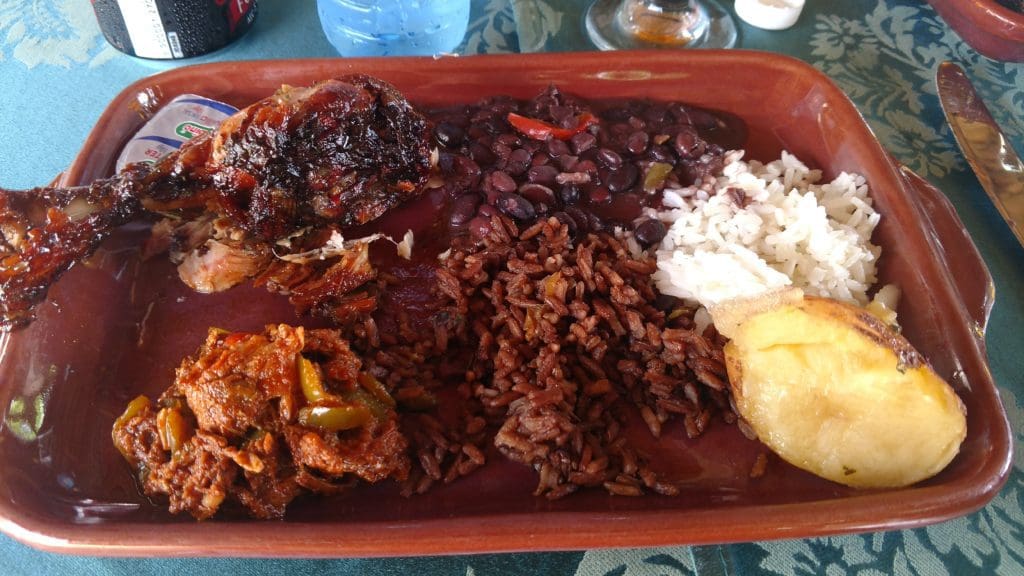
One of the joys of travel is exploring the local culture through their food. In Cuba, that means crispy plantains, flavorful ropa vieja, sweet camerones, and of course, a cold mojito or daiquiri. You can’t get a more authentic experience than dining in one of the 500+ paladares, or privately owned restaurants, that have emerged in recent years. They tend to be small, family-run establishments that serve family-style meals (shared dishes on the table). Typical fare includes savory soups, grilled fish and lobster, tender pork, and the ubiquitous rice and beans.
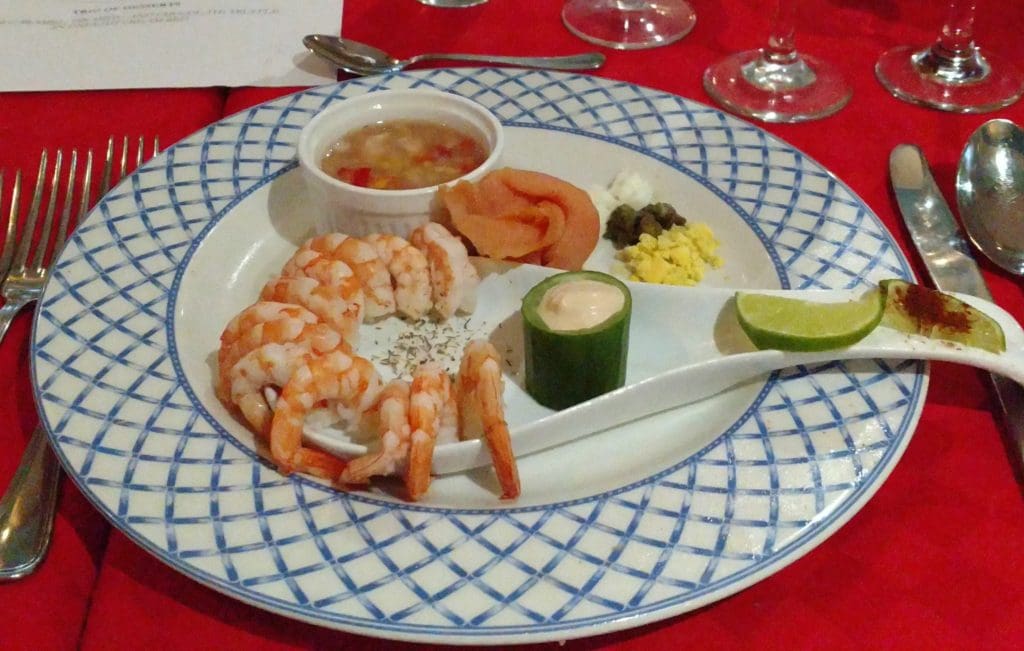 Hotels might recommend government-owned restaurants, but seek out advice from a local for a paladar. In addition to delicious food in a genuine Cuban setting, the quality of food is usually better, prices are typically lower, and you’ll be directly supporting the local owner.
Hotels might recommend government-owned restaurants, but seek out advice from a local for a paladar. In addition to delicious food in a genuine Cuban setting, the quality of food is usually better, prices are typically lower, and you’ll be directly supporting the local owner.
Getting Around in Cuba
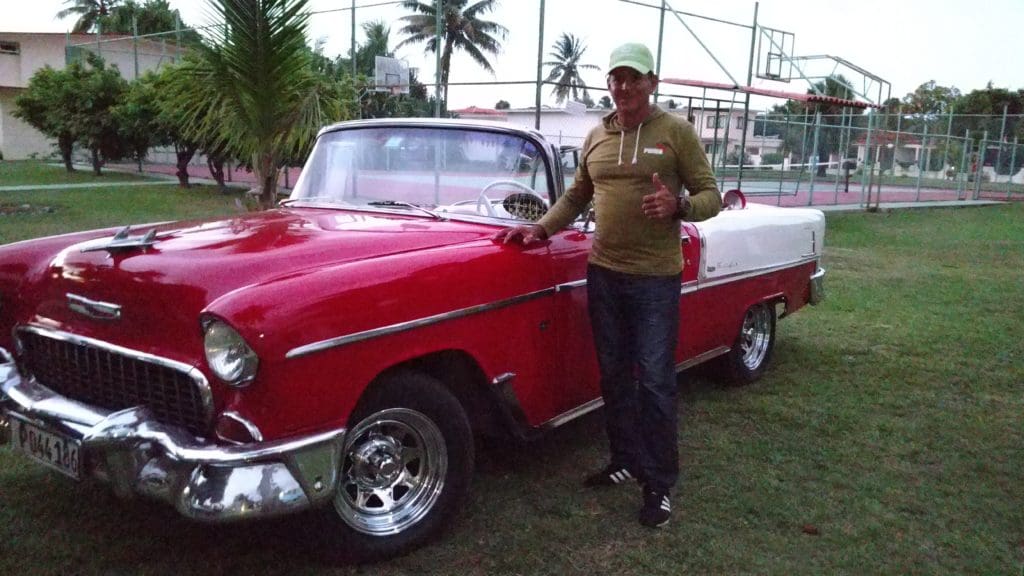
Most of the taxis are the famous 1950s classic cars, or Almendrones, run by private entrepreneurs. Although there are also some modern government-run yellow taxis, but of course, you’ll prefer the vintage car experience. Plus, like dining in the paladares, using the independent taxis supports the local owner. Even if you just hire one to ride along the Malecon (the bayfront sidewalk and sea wall) and through Old Havana, do not leave Cuba without experiencing a ride in a classic car.
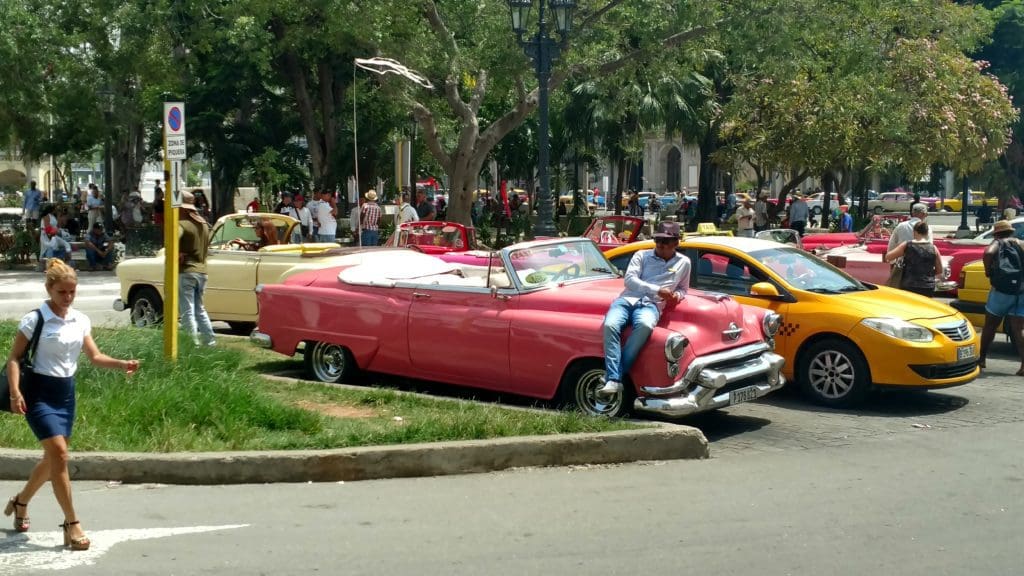
For the most part, I was pleasantly surprised with the level of infrastructure we encountered in Cuba. The roads were in decent shape. Old Havana dates back to the mid-1500s, so many of the streets and squares were paved in brick and cobblestones but they were in reasonable, if not good repair. The highway to Varadero, about three hours east of Havana, was quite smooth and as we neared the resort area, neatly landscaped.
Sidewalks in the cities were no worse than many European historic areas (or even the Fan district in Richmond!), but they were definitely not disability compliant. Wheelchair access would be difficult, if not impossible in many places.
Other Tourism Infrastructure
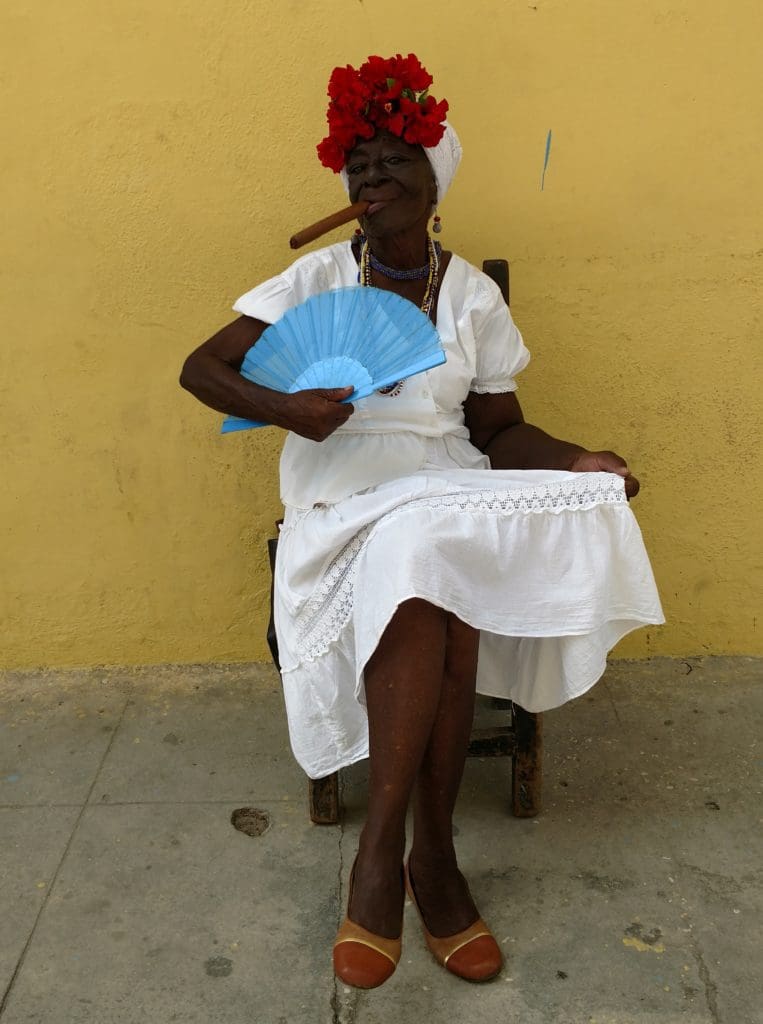 Don’t expect to stay digitally connected in Cuba. Major hotels will have Wi-Fi and there are some hotspots around Havana, but service is spotty and can be pricey. Just put your device away and experience the sights and sounds around you. This is coming from a social media director; if I can do it, so can you. You’ll find yourself more engaged in the many faces of Cuba and just might enjoy the break from being constantly connected. You can always Instagram your photos when you get home.
Don’t expect to stay digitally connected in Cuba. Major hotels will have Wi-Fi and there are some hotspots around Havana, but service is spotty and can be pricey. Just put your device away and experience the sights and sounds around you. This is coming from a social media director; if I can do it, so can you. You’ll find yourself more engaged in the many faces of Cuba and just might enjoy the break from being constantly connected. You can always Instagram your photos when you get home.
While our hotels had decent plumbing, public restrooms are hit or miss. They may or may not have soap or paper towels, or in some cases even working water. Many have an attendant that keeps the restroom clean or hands out toilet paper, and it’s appropriate to tip her in small change.
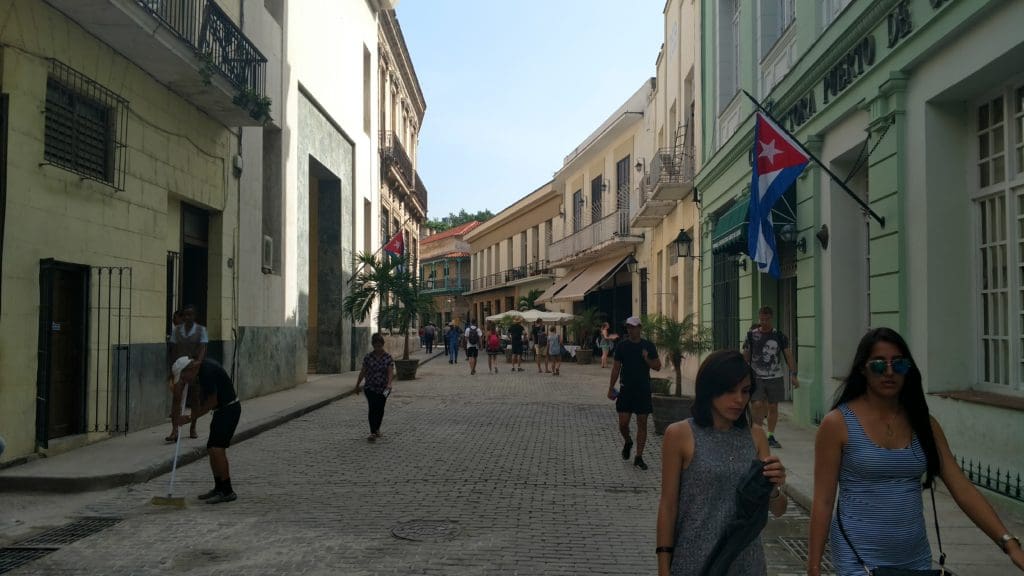 During our walking tours, I felt completely safe. In fact, I carried a small zippered backpack that I would never have tempted pickpockets with in Paris. In the areas we toured with our guide, there was no trash on the ground, unsavory smells, or seedy characters hanging about.
During our walking tours, I felt completely safe. In fact, I carried a small zippered backpack that I would never have tempted pickpockets with in Paris. In the areas we toured with our guide, there was no trash on the ground, unsavory smells, or seedy characters hanging about.
Learning about the many faces of Cuba was an educational cultural exchange, but also fun. We all bonded with our tour team of Alex, Amanda, and Marisol who not only escorted us but enlightened us by sharing their personal stories and lives. We left Cuba with a fresh understanding of daily life there and new connections we now consider friends.
You may also enjoy these additional posts about our Cuba experience:
This is What You Need to Know about American Travel to Cuba
Reviews of 7 Cuban Hotels that Will Make You Want to Visit







Very interesting article about Cuba.
Hi Debi Parker,
Would like to do a cruise to Cuba sometime in February 2018. There are.5 of us, so will need 3 cabins. Also, one son can only be gone 5 days, ugh. Do you have anything in mind?
Thanks,
Ann T.